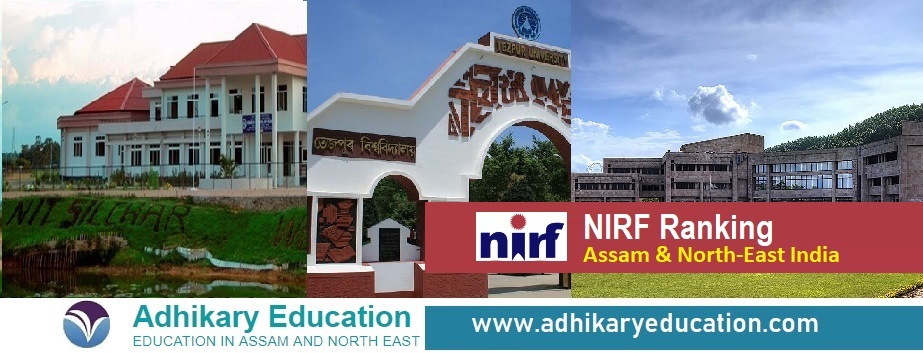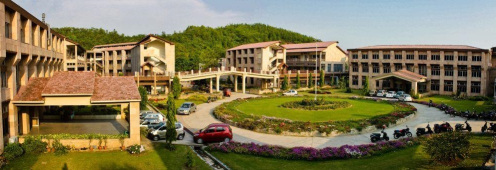APSC Mains 2022 – General Studies GS 2 Question Paper Analysis Go to APSC Mains Previous Years Question Papers Sections No. of Qs Constitution…
Continue Reading....Author: admin
APSC Mains 2022 General Studies (GS1) Paper-I

APSC Mains 2022 General Studies (GS-1) Paper-I General Studies-I (Indian History, Geography of India & World, Heritage, Culture & Society) Go to Old Previous…
Continue Reading....APSC Mains Exam 2022 – Essay Question Paper

APSC Mains Exam 2022 – Essay Question Paper Go to APSC Mains Previous Years Questions Page Write two essays, choosing one topic…
Continue Reading....Top Universities & Colleges in Assam & NE states – NIRF 2023 Ranking (Overall)
Top Institutes/Colleges/Universities from Assam & North East India in NIRF 2023 Ranking The 2023 National Institutional Ranking Framework (NIRF) judged the institutions and universities…
Continue Reading....Top Engineering College from Assam & Northeast (NE) in NIRF 2023 Ranking
Top B.Tech / B.E. Engineering Colleges in Assam & North-east (NE) India
Continue Reading....APSC Mains GS-IV Paper – Case Studies Questions asked in previous years UPSC Mains Exams

APSC Mains GS-IV Paper – Case Studies Questions asked in previous years UPSC Mains Exams Here we discussed the previous years Case Studies Questions…
Continue Reading....APSC Mains Essays for Practice – Essay Topics for Week (June 11 – 17, 2023)

APSC Mains Essays for Practice - Essay Topics for Week (June 11 - 17, 2023) Practicing as many essays will improve your essays writing…
Continue Reading....Burmese Invasion of Assam – (Assam of History) Late Ahom Period

Burmese Invasion of Assam (Late Ahom Period) : Assam History Study Materials & Notes Assam History APSC Exam Notes Go To Assam History Notes & Study…
Continue Reading....Assam’s Architectural Heritage (Assam History & Art Notes)

Assam’s Architectural Heritage (Assam History & Art Notes) Assam Art & Culture Notes Architectural remains belonging to periods from early medieval days can be found…
Continue Reading....
